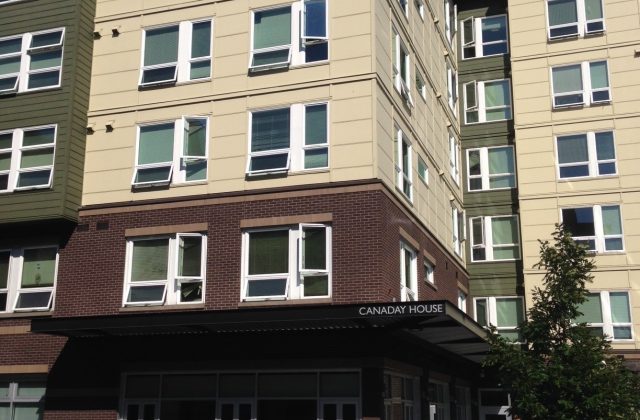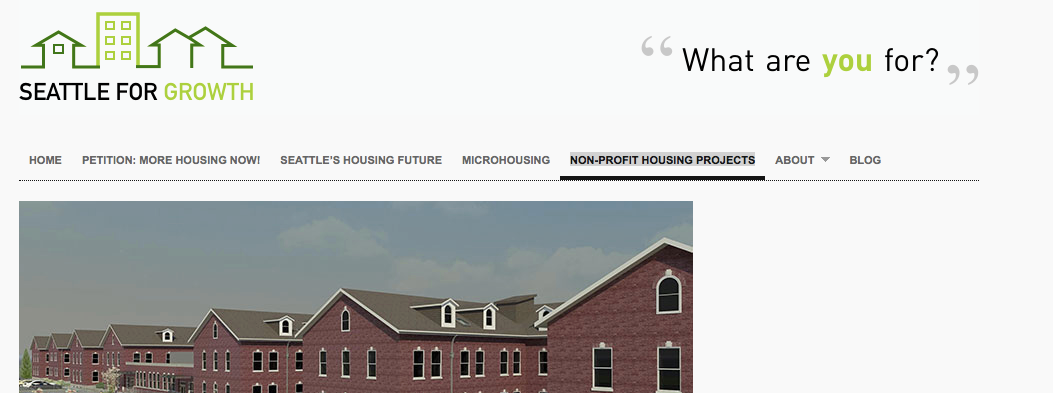New and Evolving Page: 10 Years of Non-Profit Housing Projects in Seattle
I am sure that nobody really cares about getting to the bottom of non-profit housing costs but me and people that have been assigned the task after I’ve asked or found funding to pay for it. One reason might be that the system state and local government use to track all the applications and spending is a mess. I’ve spent hours trying to reconcile spread sheets, lists, and dozens and dozens of application documents trying to line up the names of projects with sponsors and the final cost of the project and number of units. There isn’t one single place where this information is all kept; until now. I’ve taken all the documents and lists we’ve requested from the Washington State Commerce Department, the Washington State Housing Finance Commission (WSHFC), King County and Seattle’s Office of Housing and put all of it on one page.
It’s also a tab at the top of the page.
Even after making all these requests, we’re still missing some projects. Also when one starts down this path one realizes pretty quickly that names of projects change and most of them play out over several years. So a project might have submitted an initial application in 2013 and not actually received funding until 2015 and not opened until 2017. So the dates that I give need work along with lining up some of the cost figures.
I got two long lists from the WSHFC and from Commerce. I merged those two lists. Then I created links to the Combined Funders Applications (CFA) that we received from our requests. There were a lot of them, and in some case all we got was a 6A page. The 6A is important because it has the whole budget of the project, both sources of funding and uses. But it doesn’t have the number of units, floors and square footage. Some of the costs on the CFA documents don’t match with the big lists I got from Commerce and the WSHFC.
However, after wading through all these I do see a pattern of cost escalation over time and big costs for land. Also, I see projects that paid almost nothing for land. As I pointed out on Monday, based on a couple of market rate builders comments, it’s clear that construction costs are probably higher. I don’t know that for sure. But as far as I know this kind of analysis has never been done. It’s a lot to look at and comparisons are not going to be easy, but they are doable. And it is shocking to me that the non-profits themselves don’t seem interested in doing this work. I plan to amend and adjust and edit the page as this project unfolds, but for now it exists as a kind of warehouse of the raw data.
Why does this matter? Non-profits are driving mostly Democratic legislators and local politicians to say things like, “We need more affordable housing,” meaning “We need more money for our projects!” My guess is that their projects are way too expensive and the system used to fund them is grossly inefficient. Until we teach everyone to say, “We need more housing so that it will be affordable,” and stop believing that there is a two-tier housing market, market rate and subsidized housing, we’re going to have to expose the inefficiencies in hopes that everyone will agree we ought to eliminate as many needless limits to production of all housing so that non-profits can build units more efficiently and market rate developers can deliver their product at more competitive prices.



